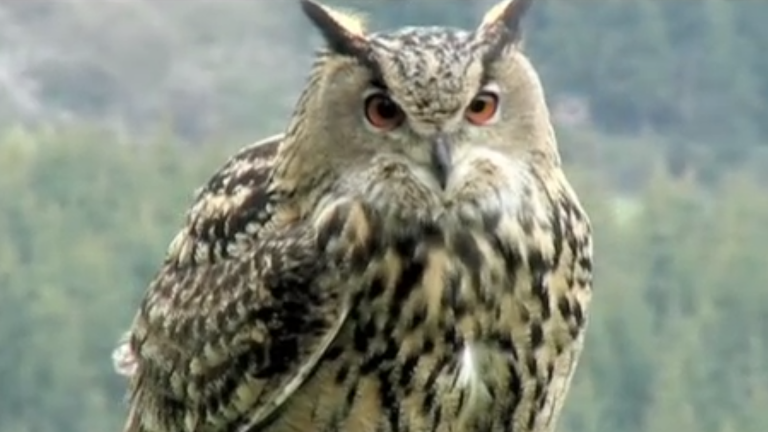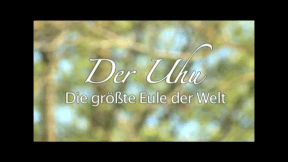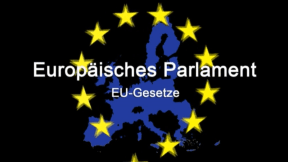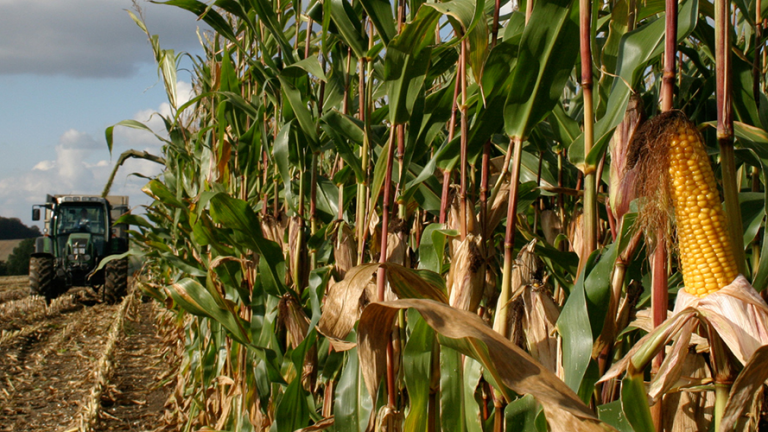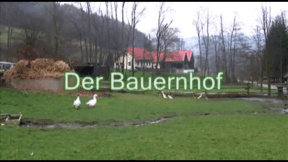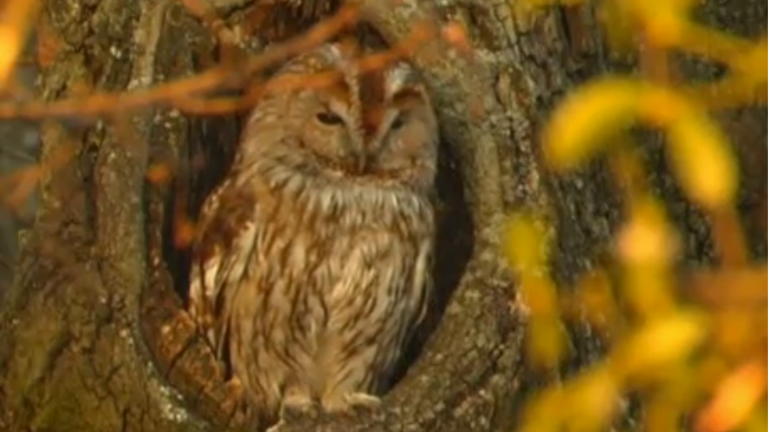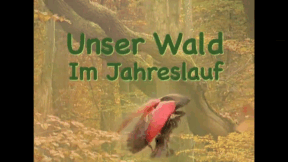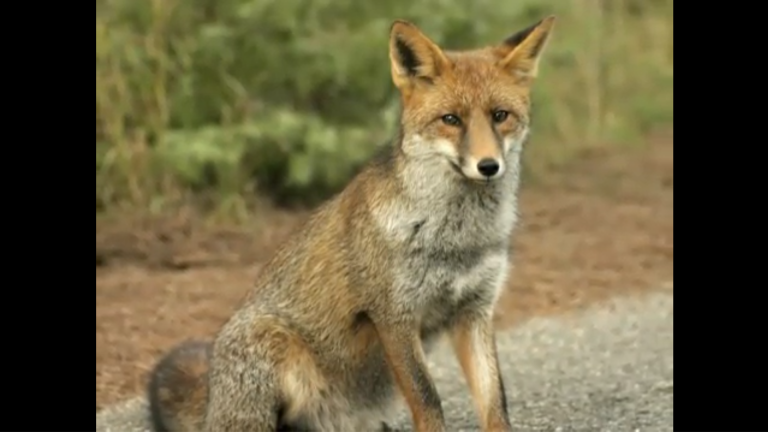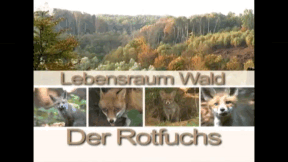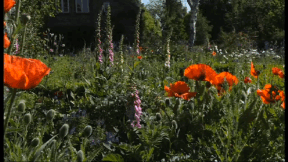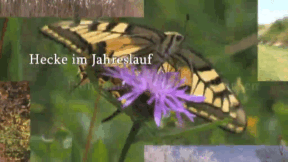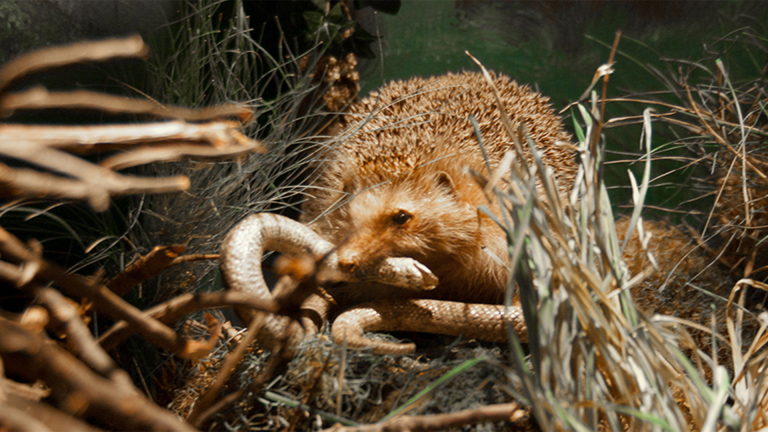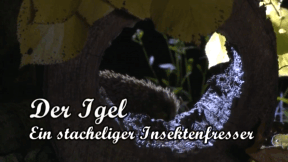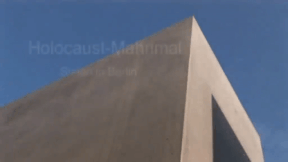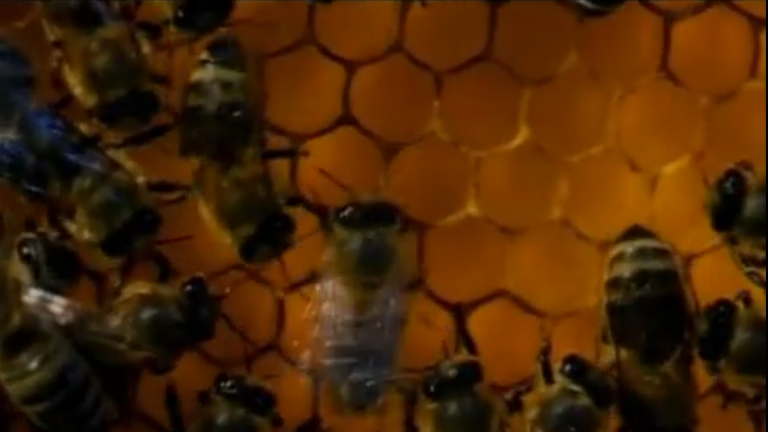Suche:
- # Artistry
- # Biology
- # Chemistry
- # Ecological
- # Economy
- # English
- # Foreign Language
- # Geography
- # German
- # Health
- # History
- # Informatik
- # Latin
- # Mathematics
- # Media Education
- # Music
- # Physics
- # Politics / Civics
- # Preschool
- # Primary School
- # Religion
- # Society
- # Sports
- # Technology
- # Training of Teachers
- # Vocational Education
The Eurasian Eagle Owl
With a body length of 60 to 75 cm and a wingspan of up to 170 cm, the Eurasian eagle owl is the largest owl in the world. It is also referred to as “king of the night skies”. After being hunted and almost exterminated by humans, the population of the Eurasian eagle owl has started rising again since the middle of the 20th century. Nevertheless, according to experts, it is not secured yet. Destroyed habitats and disturbances at the breeding sites, for instance by climbers, as well as dangers from power poles still threaten the population of the Eurasian eagle owl today.
Learn moreThe European Central Bank (ECB)
Central banks, which are also referred to as banks of issue, have a controlling function in the monetary economy. They are responsible for stabilising price levels. This means that they are supposed to ensure that the goods we purchase will have a roughly similar price in the future. This control is exercised via the amount of money the central bank gives to commercial banks. Thus, central banks are banks for banks.
Learn moreThe European Parliament
The European Union is a union consisting of 27 European states. Currently its population comprises about 500 million inhabitants. 17 of these states have a common currency. Its aim is a pan-European area of freedom, security and justice. The European Parliament is elected every five years by the EU citizens and is thus the only directly elected body. The European Parliament shares its legislative function with the Council of the European Union, wherein the governments of the individual member states are represented, and the European Commission, which represents the interests of the EU as a whole. These three institutions together develop the political strategies and legislative provisions which are applied throughout the EU. The European Parliament ensures uniform pan-European regulations. Citizens profit from them for example for data protection, for mobile tariffs, for working and living in Europe and much more besides! Together with the extensive accompanying material the DVD is ideally suited for use in the classroom.
Learn moreThe Farm
This DVD offers some insight into the life on a farm today. In a way easily understandable for primary school pupils, the film shows with simple and tranquil pictures the daily work in an agricultural business. At the same time, a number of domestic animals are introduced to the children and they learn about their characteristics and lives as well as their use for us humans.The DVD covers the following aspects of the topic: Cows and cattle (modern milk production in the milking plant, cow-keeping on the pasture and in the cowshed, birth and rearing of the calves); pigs (pigs as productive livestock, characteristics, preferences, reproduction); poultry (free-ranging chicken, hatching of a chick, turkeys and geese as fat stock); horses and goats on the farm (information on these domestic animals, their use); small animals on a farm (cats, dog, bees, swallows); agricultural crops (types of cereal like wheat, barley and corn, tilling of the fields, transport and storage of hay using modern farming machines).The film is divided into six menu items (chapters). Each chapter can be individually accessed and worked on.
Learn moreThe Forest
As a part of the natural landscape in which our children grow up, the forest with its flora and fauna is an important subject in primary school teaching. The focus of the systematic discussion of this versatile habitat is, of course, the children’s spontaneous, all-round experience of the forest. However, in particular with the animals and birds of the forest, it is not always easy to enable the children to have a real-life encounter. This DVD is aimed at helping the children to get familiar with the forest habitat in the course of a year. The film addresses the following topics: Early bloomers, courtship and breeding behaviour of selected forest birds, ground dwellers, the badger family, the fat dormouse family, forest fruits and the forest in winter. The DVD is excellently suited either as an introduction to the topic of forest or as a tool offered to the children for individual tasks or project work.
Learn moreThe Forest as a Biotope
The forest with its flora and fauna as a part of the natural environment our children grow up in is an important topic in general education at primary schools. Above all, the pupils find forest animals fascinating and interesting. However, it is generally difficult to actually meet the larger forest dwellers since they are usually shy and nocturnal. This DVD aims at making the children familiar with one of these forest animals – the red fox. The film informs on its look and appearance, introduces its habitat to the pupils, points out relations with other animals, explains the reproduction of the fox and covers its food as well as its enemies and com- mon diseases. The DVD is excellently suited either as an introduction to the topic of “forest animals” or as a tool offered to the children (for individual tasks or project work).
Learn moreThe Garden throughout the Year
You surely know a few gardens, maybe you even have one yourself. Have you ever taken a closer look at it?
Learn moreThe Hedge in the Course of a Year
This DVD offers clearly structured information, in particular covering the following topics: Firstly, the diversity and type as well as the different tasks of a hedge are described. Vivid pictures illustrate the difference between low hedges, hedges of middle height and high hedges. The structure of the hedge is explained in detail. The DVD shows the hedge in the course of a year with the accompanying changes in flora and fauna. Here, an emphasis is put on introducing the most common shrubs, trees, flowers and animal species associated with the biotope of a hedge.In addition, the pupils learn to distinguish between poisonous and edible fruit from indigenous shrubs, illustrated by the examples of elder bush, blackthorn and the spindle tree. Blooms, fruit, spiders, insects and other hedge-dwellers are presented in close-ups of superior quality. The learning target “from the bloom to the fruit” is illustrated with the help of an animation. The film shows the interactions between plants and animals and highlights the correlations among the dwellers of the hedge habitat.
Learn moreThe Hedgehog
It carries on its back up to 8000 spines although it is no more than 30 centimetres long. In spite of that it can assert itself very well against its enemies. Because this insectivore can roll up into a ball. Although the hedgehog is a wild animal, it likes to live near humans today. With simple explanations and beautiful film shots the pupils learn about the species-specific behaviour, the characteristics of our endemic common hedgehog but also about the threats it is exposed to. At night, the hedgehog is accompanied on its forays for food, by day, it can be seen sleeping deeply in its hideout, and when the mating season is over, six orphaned hoglets are accompanied on their way to maturity. The thematic fields focussed upon are habitat and distribution, characteristics, behaviour throughout the year, food, reproduction as well as protection and endangerment. The film arouses curiosity about and fascination for the hedgehog and furthers the pupils’ environmental awareness. Together with the extensive accompanying teaching material the DVD is perfectly suited for use in the classroom.
Learn moreThe Holocaust Memorial
The film “A German Memorial – How to Commemorate Six Million Murdered Jews” gives an insight into the two concepts of this memorial – each deeply impressive in its very own way. This thirty-minute documentary takes the viewer on a virtual tour of the Field of Stelae and the Information Centre. You will be immersed in the intensive atmosphere of the rooms, experience the visitors’ reactions and receive background information on the development and conceptual design of the memorial from the initiator Lea Rosh, the historians involved and the exhibition designer Dagmar von Wilcken. For the sound recording of the film, an unusual concept was implemented: there is no off-camera commentary, instead original sounds and interviews form the acoustic “backbone” of the documentation. The visitors’ voices reflect the different opinions on and impressions of the memorial, the historians talk about the contents of the exhibition and describe their experiences. These direct comments create a feeling of closeness. They convey the emotions the memorial stirs up in all those who take a closer look at it.
Learn moreThe Honey Bee
Untiringly, the honey bees fly from flower to flower, constantly in search of pollen and sweet nectar. These busy workers live together in a complex social system an insight into which is provided by this film. In vivid pictures, it describes the life of the honey bee in the bee colony and deals with the inhabi- tants of the beehive and their strict division of labour. It shows the worker bees foraging for food and communicating with each other in their characteristic way. The second part of the film illustrates how a new bee colony is formed and describes the course of a bee‘s year from the new queen to the mating flight and the brood cells and finally to the expulsion of the drones in the „slaughter of the drones“. The DVD and the didactically arranged worksheets are per- fectly suited for the classroom both as an introduction to the topic and as a tool for the pupils when working individually or preparing projects.
Learn more



